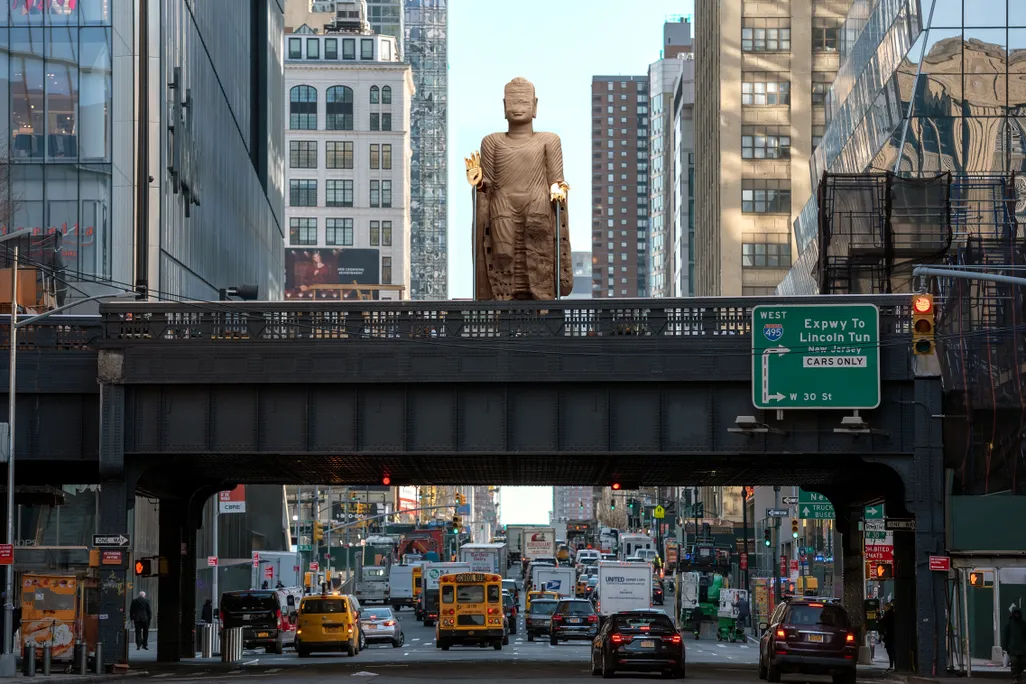Over the past few decades, youth subcultures have mushroomed worldwide, with many countries developing their own unique communities, like chavs in the U.K., the gyaru and harajuku crowds in Japan, and K-pop stans in Korea.
But what about China?
Since the notorious shamate subculture died down in the early 2010s, rebellious Chinese youth have slowly turned to a new and eclectic aesthetic: Yabi.
The term ‘yabi’ is a compound word made of 亚 ‘ya’ (meaning ‘sub-,’ as in subculture) and the derogatory word 逼 ‘bi’ (often found in a variety of insults such as shabi (傻逼) meaning ‘idiot,’ and zhuangbi (装逼) meaning ‘poser’ or ‘fake’).
The aesthetic derives from China’s underground music scene and has been popularized by young urbanites. Thanks to the advancement of technology and internet access, the yabi style spread quickly on image and video-heavy social media platforms like Xiaohongshu and Douyin in recent years.
WTF Is a Yabi?
Similar to ‘hipsters’ in the West, many people struggle to describe what exactly a yabi is. That said, most youth can identify a yabi when they see one.

As seen in thousands of #ootd snaps shared on Chinese social media, some of the yabi staples include — but are not limited to — intricate and ripped stockings, colorful hair, tattoos, maximalist accessories, and loose thigh-high socks inspired by the Japanese ‘Kogal/Kogyaru’ schoolgirl style.
However, styles can vary significantly across the yabi community: some incorporate goth-inspired total-black outfits or hippie-looking handmade accessories, as well as tight Y2K tops and even vintage tech accessories such as headphones and Nintendo 3DS consoles.
When it comes to yabi styling, the only element of continuity seems to be the arbitrary mix and match of styles and aesthetics — from iconic subcultures like punk and otaku to recent TikTok trends such as e-girl, cybergoth, and Asian babygirl.

At the same time, the aesthetic is also infused with some unique local elements such as the recent ‘Neo-Chinese Style’ and ‘Too Cool Movement.’
Why Is It so Controversial?
This lack of coherence and the eclectic — sometimes chaotic — style choices of yabis have sparked criticism on the Chinese web. Some people have even begun using the term as an insult.
“Yabi was supposed to be a group against the mainstream,” complains Jack Zhao, a young Shanghai resident. “But instead of thinking critically about society and forming their own opinions, yabis in Shanghai only worry about dressing themselves in exaggerated and colorful ways. Right now, it’s just not that deep.”

Despite criticism online, the style has continued to evolve and spread. Many content creators have also come to the defense of the yabi aesthetic, going as far as creating scholarly studies on its evolution.
Some, like vlogger 鬼怒川悦, have pushed for a reappropriation of the term ‘yabi.’ According to Eva, a young DJ and music producer based in Shanghai, this process has already started.
“‘Yabi’ might still be an insult to some people, but more are using it to compliment each other’s style or taste.”
In a video published on the Chinese video-streaming site Bilibili, online creator SH1TBABY explains how, like many in her generation, she grew up consuming a wide range of music, movies, and cultural products from different countries without ever giving much thought to their history or original context.
She points out how China’s short yet unique subcultural history formed her taste in eclectic music and fashion and how her so-called yabi style is the most natural way to express herself.

Music producer and influencer GGLobster, who often shares content related to subcultural groups and underground music in China, even coined a new term to describe this specific subcultural current: ‘Neo-tribe’ (后亚文化新部族, ‘houwenhua xinbuzu,’ which can also be translated as ‘Post-subcultural group’).
In a video he posted on Xiaohongshu, China’s top lifestyle platform, he states that most Chinese youths grew up with the internet and constructed their identity by mixing and matching styles and aesthetics they found in the “cultural supermarket.”
Regardless of what your opinion on subcultures is or what their ‘true meaning’ might be, there is one thing that we all can learn from the yabi crowd: It is okay to challenge existing notions of taste and style, and we can express our eclectic and unique selves through fashion.
Cover image designed by Haedi Yue

















